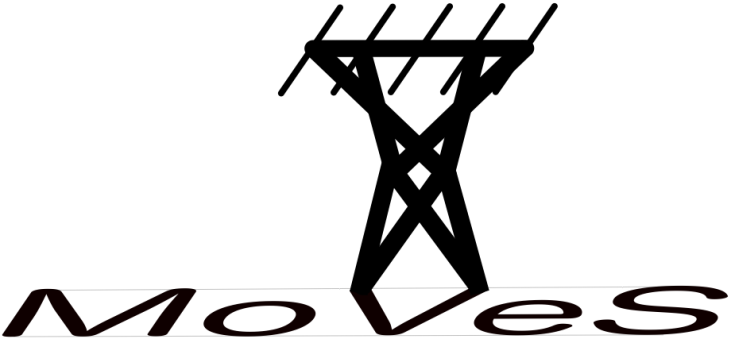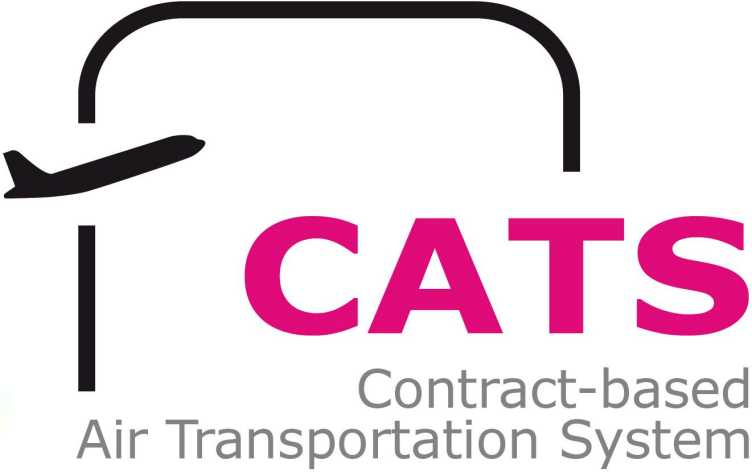Reachability
Safety and reachability are fundamental problems in systems and control. We develop the framework and algorithms to address safety and reachability of deterministic and stochastic hybrid dynamical systems, systems with multiple competing players, and systems in which the safe and target sets are dynamic and uncertain. The methods are applied to air traffic control, surveillance networks, power grid, and systems biology.
Because of their importance in applications ranging from engineering to biology and economics, questions of reachability, viability and invariance have been studied extensively in the dynamics and control literature. Most recently, the study of these concepts has received renewed attention through the study of safety problems in hybrid systems. Reachability computations have been used in this context to address problems in the air traffic management systems, safety of ground transportation systems, flight control systems, etc.
Reachability is a crucial concept in the study of dynamical systems. Roughly speaking, a state is called reachable if the system finds its way to this state while moving along one of its trajectories. In the presence of inputs (control and/or disturbance) this basic notion gives rise to a number of different concepts:
- Reachability: The objective is to characterize the set of initial conditions that reach a desired goal set. In case there is a control input, the control synthesis concerns with designing a controller such that the state trajectory starting from a given initial condition reaches the desired set.
- Invariance: The objective is to characterize the set of initial conditions that starting in an initial safe set, remain in this set. The control synthesis concerns with designing a controller such that the state trajectories remain inside the safe set.
- Robust Reachability: If both control and disturbance inputs are available, the reachability problem can be thought of as a pursuit-evasion game, where the controller wins if it can keep the system from entering a "bad" subset of the state space, called the capture set, while the disturbance wins if it can drive the state into the bad set.
- Stochastic reachability: In the presence of stochastic disturbance, reachability can thought of as characterizing the probability of the state reaching certain set. If control inputs are available, one may want to select a control policy to maximize or minimize this probability
Our research focuses on the investigation of the reachability problem for the followings cases:
- Deterministic systems
- Stochastic systems
- Computational issues
- Applications


